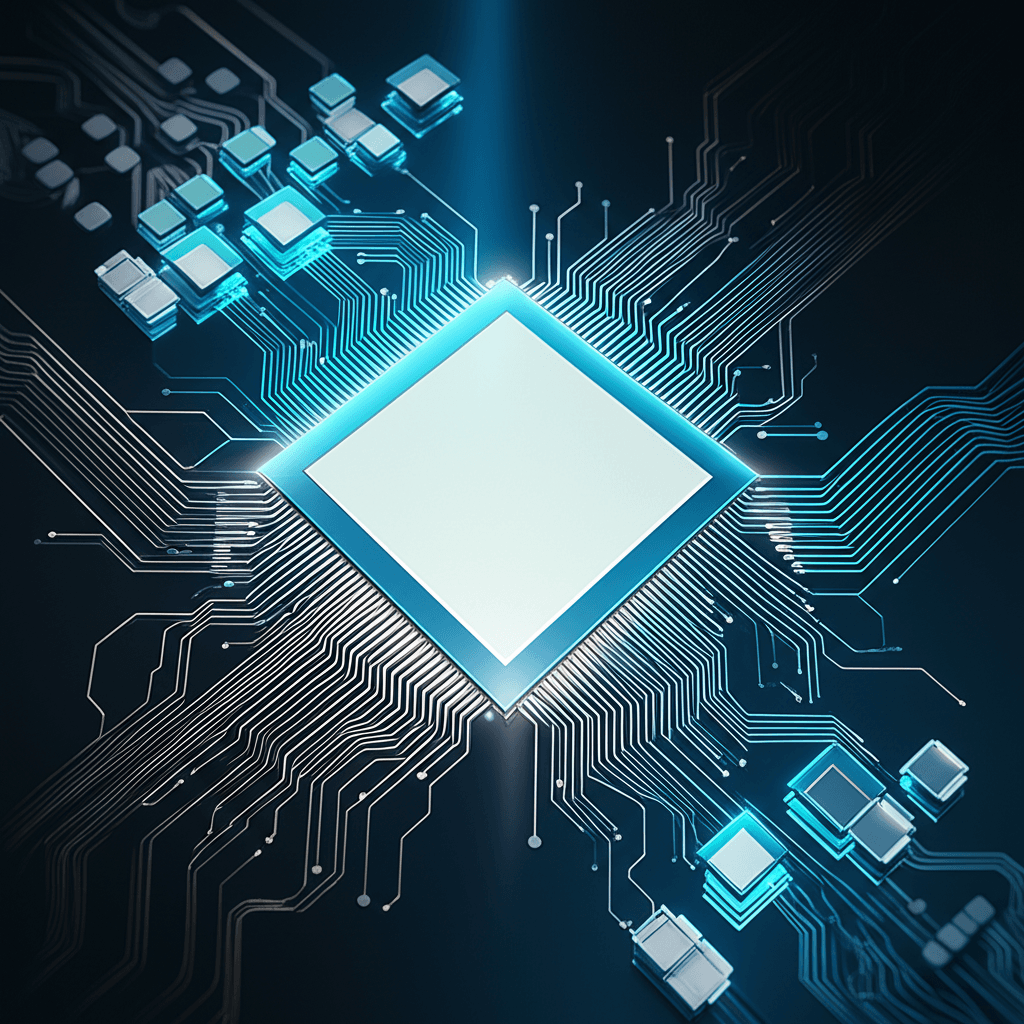OpenAI Taps Google TPUs, Sending Strategic Warning to Microsoft
OpenAI taps Google's TPUs for cost-efficient AI, sending a clear strategic warning to Microsoft and diversifying its cloud power.
June 28, 2025

In a significant strategic maneuver that reverberates through the artificial intelligence and cloud computing industries, OpenAI has started to utilize Google's Tensor Processing Units (TPUs), marking a notable diversification of its hardware infrastructure.[1][2] This decision to rent coveted AI chip capacity from a direct competitor is widely interpreted as a calculated warning shot to Microsoft, OpenAI's primary investor and, until recently, its exclusive cloud provider.[3] The move underscores the intense demand for computational power required to train and run sophisticated AI models like ChatGPT, and it signals a new era of multi-cloud flexibility and strategic leverage among the titans of tech.[4][5]
For years, the partnership between OpenAI and Microsoft has been a cornerstone of the AI revolution. Microsoft has invested billions into the AI research company, providing the massive-scale Azure cloud infrastructure, powered predominantly by Nvidia's highly sought-after graphics processing units (GPUs), to fuel the development of groundbreaking models.[6][7] This symbiotic relationship positioned Azure as the essential supercomputing backbone for OpenAI's workloads, from research and development to the deployment of its popular API and products.[3] However, as OpenAI's services have surged in popularity and its computational needs have grown exponentially, the wisdom of relying on a single provider has come into question.[5][8] By tapping into Google Cloud, OpenAI is not only securing additional capacity but also strategically mitigating the risks associated with dependency on one partner, thereby altering the power dynamics of its alliance with Microsoft.[9]
The decision to incorporate Google's TPUs is driven by a critical factor in the AI arms race: cost.[10] The process of "inference," where a trained model generates responses to user prompts, accounts for a substantial portion of the operational expenses for services like ChatGPT.[4][11] Google's TPUs, custom-designed silicon specifically optimized for AI workloads, are reportedly a more cost-effective alternative to general-purpose Nvidia GPUs for these types of tasks.[10][12] Reports suggest that TPUs can offer significant savings, potentially operating at a fraction of the cost of GPUs for inference computing.[10][13] This economic advantage is a powerful incentive for OpenAI, where computing expenses are projected to be a massive component of its total costs.[10] By leveraging TPUs through Google Cloud, OpenAI aims to directly lower these recurring inference costs, a crucial step for long-term financial sustainability and scalability.[14][11]
This diversification sends a clear and potent message to Microsoft. By demonstrating a willingness to work with a chief rival, OpenAI is asserting its independence and gaining strategic leverage in its ongoing partnership negotiations with Microsoft.[15] It signals that Microsoft's position as the default infrastructure provider is no longer guaranteed and that performance and cost-efficiency will be key determinants in where OpenAI runs its valuable workloads. The move also validates Google's long-term investment in custom silicon, positioning its TPU technology as a viable and powerful competitor in the AI hardware market, which has been overwhelmingly dominated by Nvidia.[10][15] For Google Cloud, securing a high-profile customer like OpenAI is a major victory, potentially attracting other AI companies seeking to avoid vendor lock-in and optimize their own infrastructure costs.[10][5] While reports indicate Google is not providing OpenAI with its most advanced TPUs, reserving them for its own projects like Gemini, the partnership still marks a significant validation of its AI infrastructure.[1][14]
The implications of this shift extend across the industry, highlighting a broader trend toward diversification and the intensifying competition among cloud providers for AI supremacy. OpenAI is not only partnering with Google but has also secured compute from Oracle, further underscoring its multi-cloud strategy.[16][17] In response, Microsoft is not standing still; it has been developing its own custom AI accelerator, the Maia chip, in collaboration with OpenAI, aimed at optimizing Azure's infrastructure for AI workloads and reducing its own reliance on Nvidia.[18][19] This complex web of competition and co-dependence, where rivals become customers and partners hedge their bets, is the new reality of the AI landscape. OpenAI's embrace of Google's TPUs is more than a technical decision; it is a strategic realignment that challenges existing alliances, elevates the importance of custom hardware, and reshapes the competitive dynamics between the cloud giants, signaling that in the race to build the future of AI, no single path or partnership is absolute.
Sources
[3]
[4]
[5]
[6]
[7]
[9]
[10]
[11]
[12]
[13]
[14]
[15]
[16]
[17]
[18]
[19]